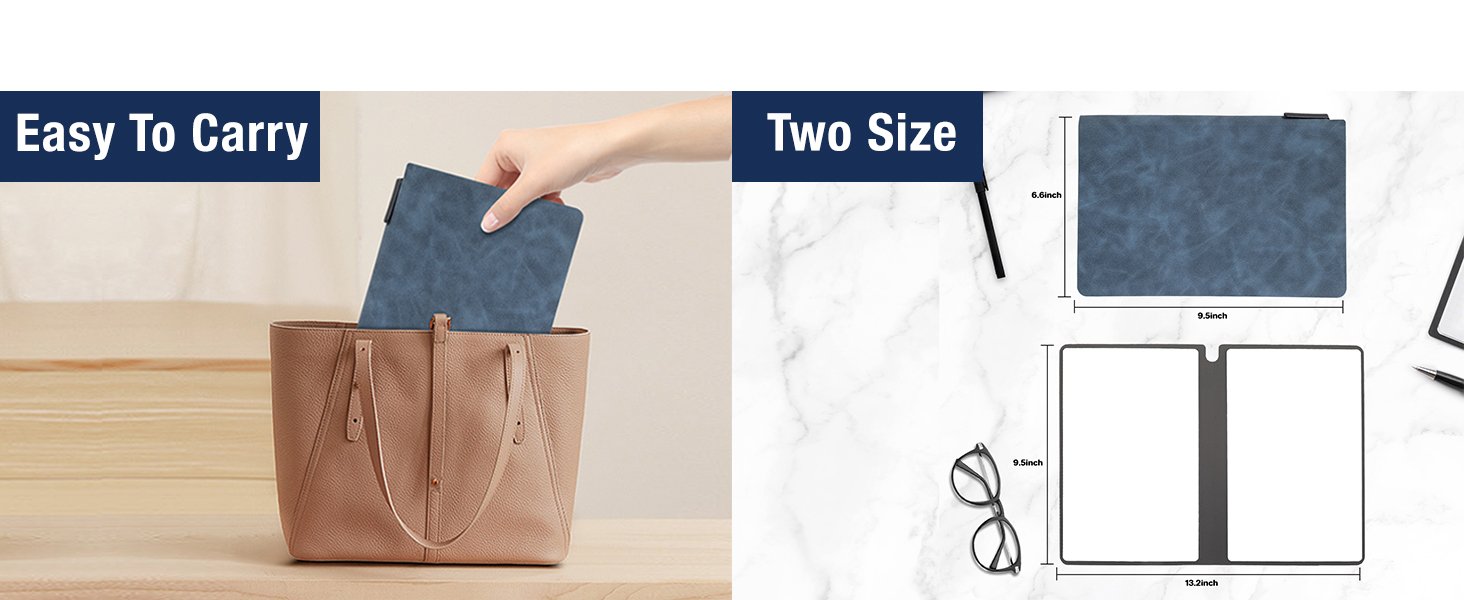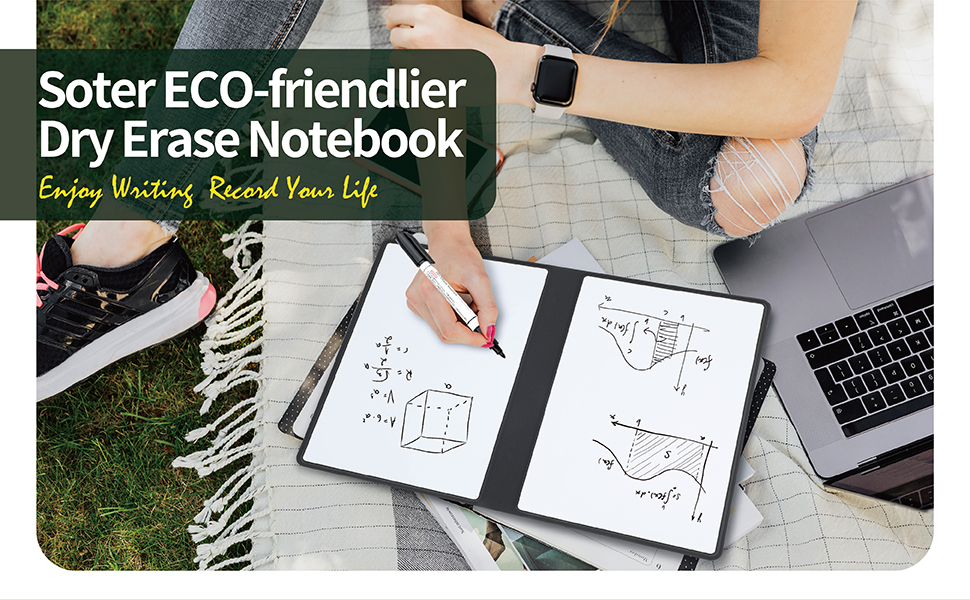In our fast-paced world, the ability to organize thoughts effectively is more crucial than ever. Whether you’re a student, a professional, or someone who simply wants to improve their cognitive clarity, using a dry erase board notebook can help streamline your thinking process. This article will explore practical tips for maximizing the potential of your dry erase board notebook, providing you with the tools to enhance your creativity and productivity.
Understanding the Dry Erase Board Notebook
A dry erase board notebook combines the advantages of a traditional notebook with the flexibility of a whiteboard. Typically, these notebooks feature erasable pages that allow for quick modifications and limitless brainstorming. The tactile experience of writing on a board can stimulate creative thinking while providing a visual representation of your ideas.
Why Use a Dry Erase Board Notebook?

Before diving into tips, it’s essential to understand the benefits of a dry erase board notebook:
- Flexibility: Ideas can be modified seamlessly, which encourages exploration and experimentation.
- Visual Learning: The ability to visualize concepts can enhance retention and understanding.
- Collaboration: Ideal for group work or brainstorming sessions, allowing multiple people to contribute simultaneously.
- Eco-Friendly: Reduces paper waste since you can erase and reuse pages endlessly.
Tips for Organizing Your Thoughts

1. Start with a Clear Objective
Before you begin writing, define the purpose of your session. A clear objective will guide your thought organization. Ask yourself:
- What am I trying to achieve?
- Who is my audience?
- What key points do I want to communicate?
For example, if you are preparing for a presentation, outline your main topics and subtopics first. This structured approach will keep your thoughts aligned with your goal.
2. Use Visual Hierarchies

Visual hierarchies help you categorize and prioritize your thoughts effectively. Here’s how you can implement them:
- Headings and Subheadings: Use larger text for main ideas and smaller text for supporting details.
- Shapes and Colors: Different shapes can represent various categories, while colors can signify importance or urgency.
- Connecting Lines: Draw lines between related ideas to illustrate connections.
For instance, if you’re brainstorming a marketing strategy, you might use circles for main themes (e.g., Social Media, Content Marketing) and connect them with lines to show their interrelationships.
3. Embrace Brainstorming Techniques

Brainstorming is a powerful tool for generating ideas. Here are a few techniques to try:
- Mind Mapping: Start with a central idea and branch out into related thoughts. This technique fosters a free-flow of ideas.
- SWOT Analysis: Create a four-quadrant grid for Strengths, Weaknesses, Opportunities, and Threats related to your topic.
- Free Writing: Set a timer for five minutes and write continuously without worrying about structure. This can help remove mental blocks.
In a study published by the Journal of Applied Psychology, brainstorming in groups was found to generate 20% more ideas than individual sessions, emphasizing the importance of collaboration in thought organization.
4. Review and Revise Regularly
After your initial brainstorming session, take time to review and revise your notes. This step is vital for refining your ideas.
- Eliminate Redundancies: Remove duplicate concepts that clutter your notes.
- Clarify Ambiguities: Ensure that every point is clear and concise.
- Organize Logically: Arrange ideas in a sequence that makes sense for your objective.
For example, if you’re creating a project plan, a logical flow may involve outlining the project goals, followed by tasks, assigned roles, and deadlines.
5. Incorporate Feedback Loops
Seeking feedback can provide new perspectives and help you refine your ideas. Consider the following approaches:
- Peer Review: Share your dry erase board notes with colleagues or friends for their input.
- Group Sessions: Conduct brainstorming sessions with team members to gather diverse viewpoints.
- Self-Reflection: Take a break, then revisit your notes with fresh eyes to identify areas for improvement.
6. Utilize Technology for Enhanced Functionality

While a dry erase board notebook is primarily a physical tool, integrating technology can enhance its effectiveness:
- Digital Note-Taking Apps: Use apps like OneNote or Notion to complement your physical notes.
- Camera Functionality: Take pictures of your notes to store them digitally and refer back later.
- Collaboration Tools: Use platforms like Miro or Trello that allow for shared brainstorming online.
According to a report by McKinsey, productivity can improve by 20-25% in organizations that utilize collaborative tools effectively, underscoring the value of technology in thought organization.
Case Study: The Power of Dry Erase Board Notebooks

Consider the case of a small tech startup that adopted dry erase board notebooks for their brainstorming sessions. Initially facing challenges in idea generation, the team began using these notebooks to visualize their thoughts and facilitate discussions. Over time, they noted the following improvements:
- Increased Idea Generation: The team reported a 30% increase in new ideas during brainstorming sessions.
- Improved Team Collaboration: The visual aspect encouraged participation from quieter team members.
- Streamlined Project Management: The clarity in their notes led to more organized project timelines and improved accountability.
This case exemplifies how a simple tool like a dry erase board notebook can revolutionize the way teams collaborate and think creatively.
Conclusion: Unlocking Potential Through Organization
Organizing your thoughts using a dry erase board notebook can significantly enhance your productivity and creative output. By clearly defining your objectives, employing visual hierarchies, embracing brainstorming techniques, and incorporating feedback, you can transform chaotic ideas into structured plans. The flexibility offered by this tool allows for an iterative process, making it ideal for both personal and collaborative projects.
As you implement these tips, remember that the key to success lies in practice and adaptability. The more you utilize your dry erase board notebook, the more adept you will become at organizing your thoughts and achieving your goals. Start today, and experience the clarity and creativity that comes from mastering your thoughts!